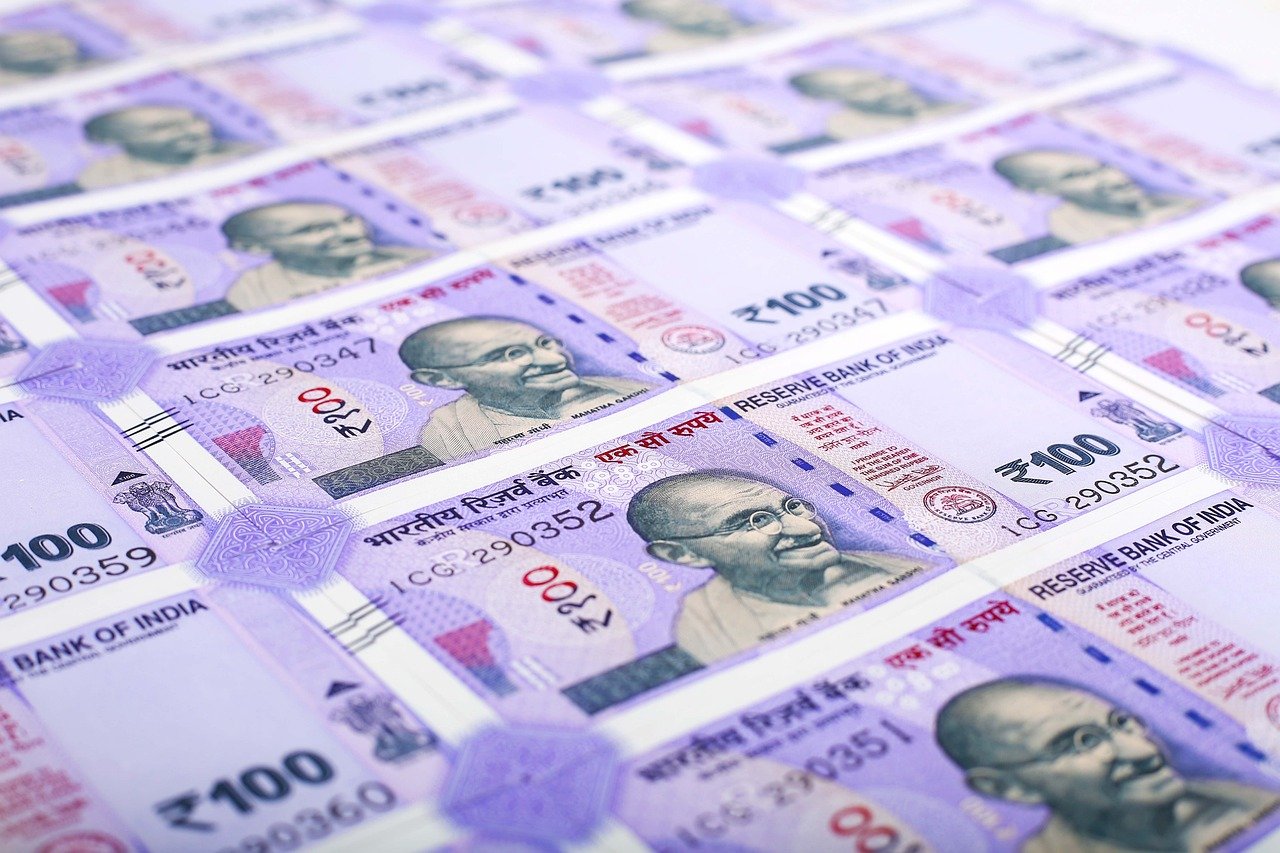Introduction
The dynamic interplay of global and domestic economic factors influences the trajectory of currencies worldwide. Recently, the Indian rupee exhibited significant vulnerability, particularly influenced by the U.S. treasury yields and trends in other Asian currencies. An in-depth examination reveals the multi-dimensional facets that led to the rupee’s performance and the central bank’s strategic interventions.
The Decline: Facts and Figures
On a recent Thursday, the Indian rupee recorded its lowest-ever closing. It ended at 83.21 against the U.S. dollar, a marginal decrease from its previous session’s 83.1325. During the session, the rupee dipped to 83.2175, eerily close to its record low of 83.29 from October of the preceding year. This indicates a pronounced vulnerability in its valuation.
The Central Bank’s Role
While the rupee was navigating these turbulent waters, the Reserve Bank of India (RBI) didn’t remain a silent observer. There were speculations from market insiders, specifically a foreign exchange trader from a state-run bank, suggesting that the RBI likely sold dollars near the 83.20 level in a bid to stabilize the rupee’s descent.
Moreover, to prevent the rupee from plunging to an unprecedented all-time low, the RBI extended its intervention to the non-deliverable forward (NDF) market. An NDF is a cash-settled, short-term forward contract in a thinly traded or non-convertible foreign currency against a freely traded currency, where the settlement price is determined via an offshore secondary market source.
Asian Currency Trends
To gain a broader perspective, it’s essential to consider the performance of other Asian currencies during the same period. A conspicuous decline was evident, with the Korean won registering the most significant losses. Adding to the overall sentiment of the declining strength of Asian currencies, the onshore Chinese yuan finished its domestic trading session at its weakest since 2007. Such parallel trends in neighboring currencies contribute to and magnify the external pressures on the rupee.
The U.S. Perspective
On the global front, the U.S. remained a prominent influencer. The dollar index, which measures the U.S. dollar’s value against a basket of six major world currencies, was on the rise, clocking in at 104.99, marking a 0.12% increase. Simultaneously, the 10-year U.S. treasury yield stood at 4.27% during Asia trading hours.
The treasury yields, in particular, have a profound impact on global investments. Higher yields typically attract foreign investments, driving demand for the dollar. As the dollar strengthens, emerging market currencies like the rupee tend to weaken.
Future Projections
Despite the RBI’s persistent intervention, market analysts believe that the rupee will hover close to its record low in the upcoming half-year. A Reuters poll reinforced this sentiment. However, there’s a silver lining. According to Sajal Gupta, the head of foreign exchange and rates at Edelweiss Financial Services, it’s improbable for the rupee to fall beyond its record low anytime soon.
Gupta points to historical data for optimism. He mentions that when the rupee last touched its lowest in October, the dollar index was between 112-113. Given the current index value, Gupta believes that the rupee might showcase resilience, and RBI’s interventions will undoubtedly bolster this resilience.
Additional Factors to Consider
The U.S. economy’s performance is always under global scrutiny. U.S. jobless claims data, a weekly publication, provides valuable insights into its job market’s health. This data is crucial since the job market significantly influences the Federal Reserve’s monetary policy directions. Any strengths or vulnerabilities in the U.S. job market can indirectly impact the monetary policies and, by extension, currencies like the rupee.
Conclusion
The intricacies of global finance mean that no currency operates in isolation. For the Indian rupee, influences stretch from domestic interventions by the RBI to fluctuations in Asian neighbors and trends in the U.S. While challenges persist, strategic interventions and a comprehensive understanding of global trends might just provide the resilience the rupee needs in these tumultuous times.
Read More:
